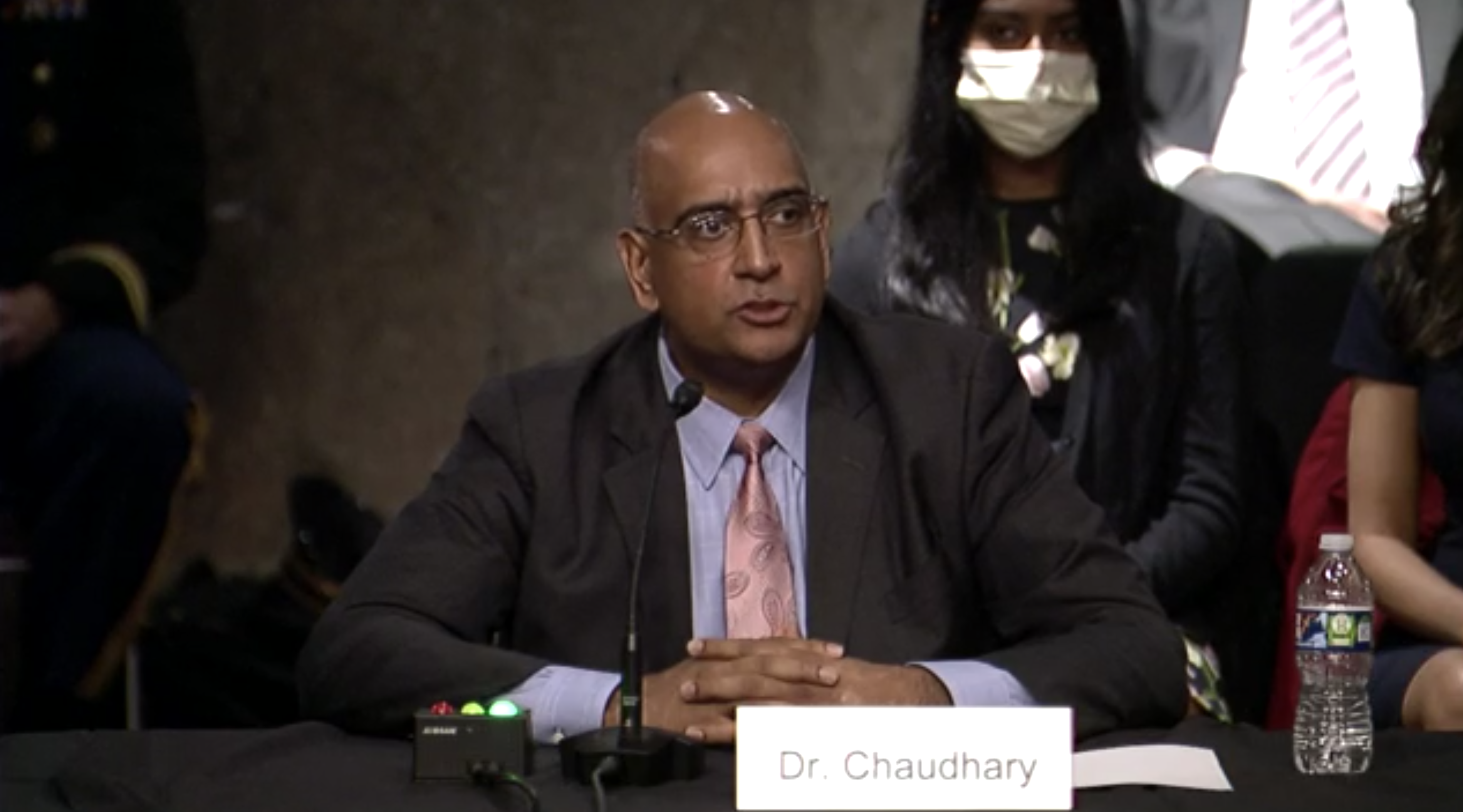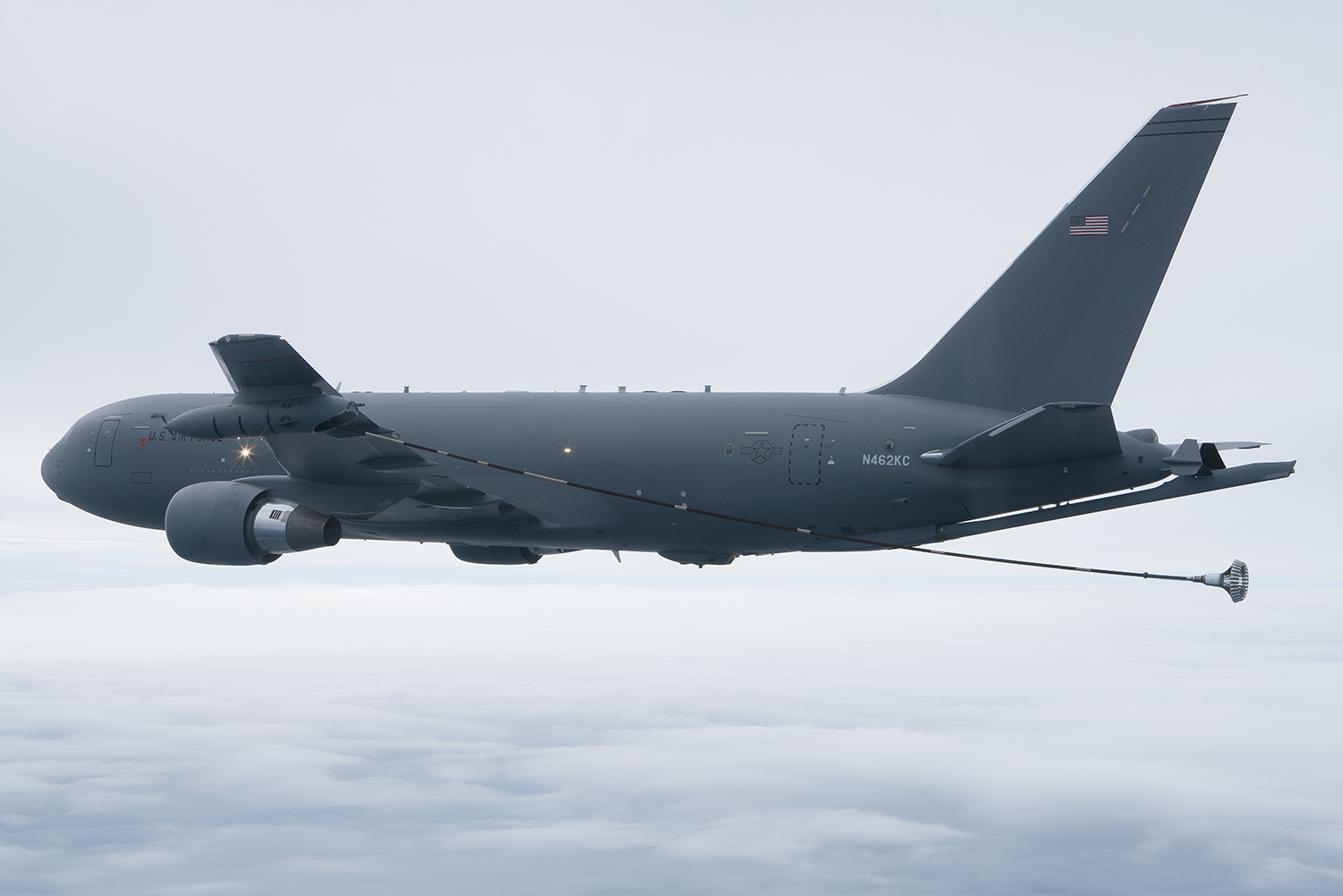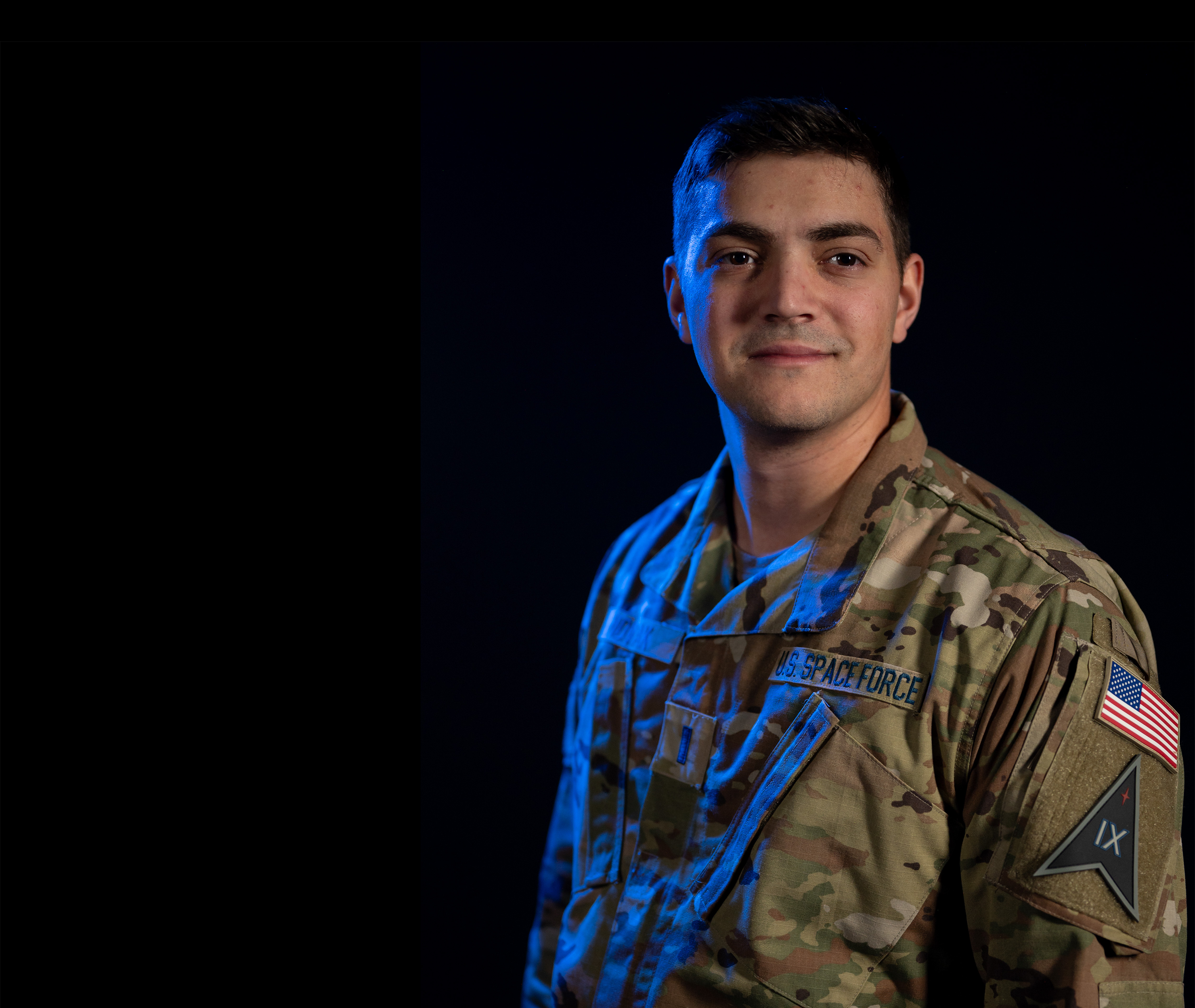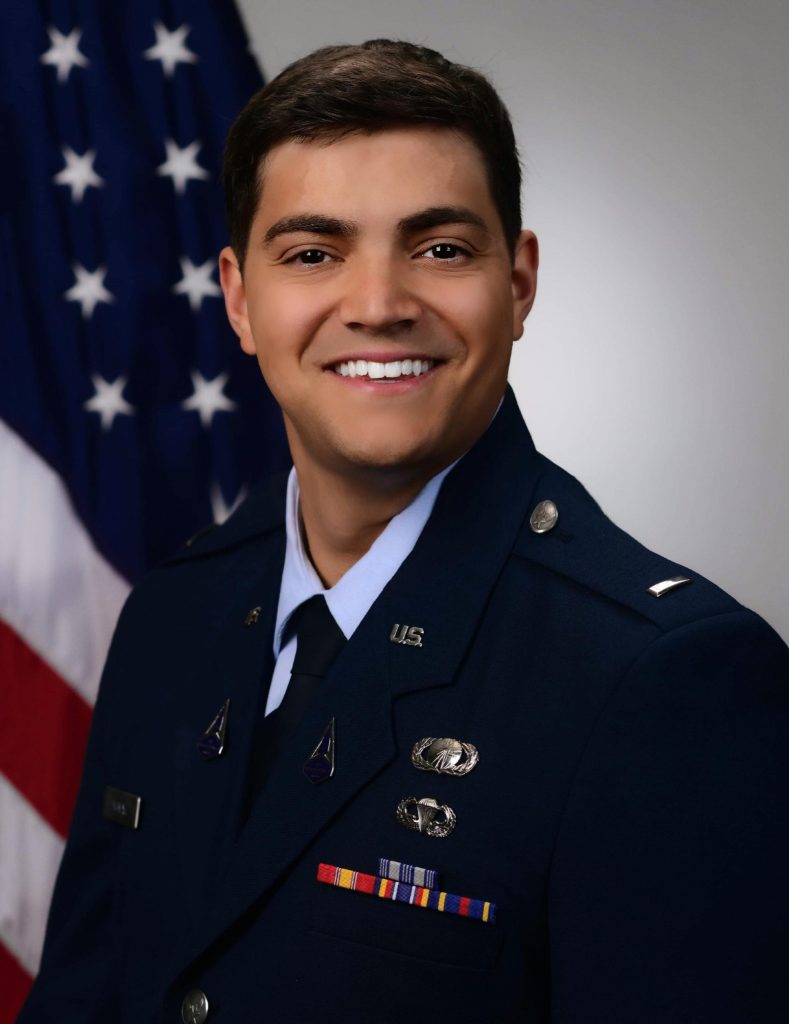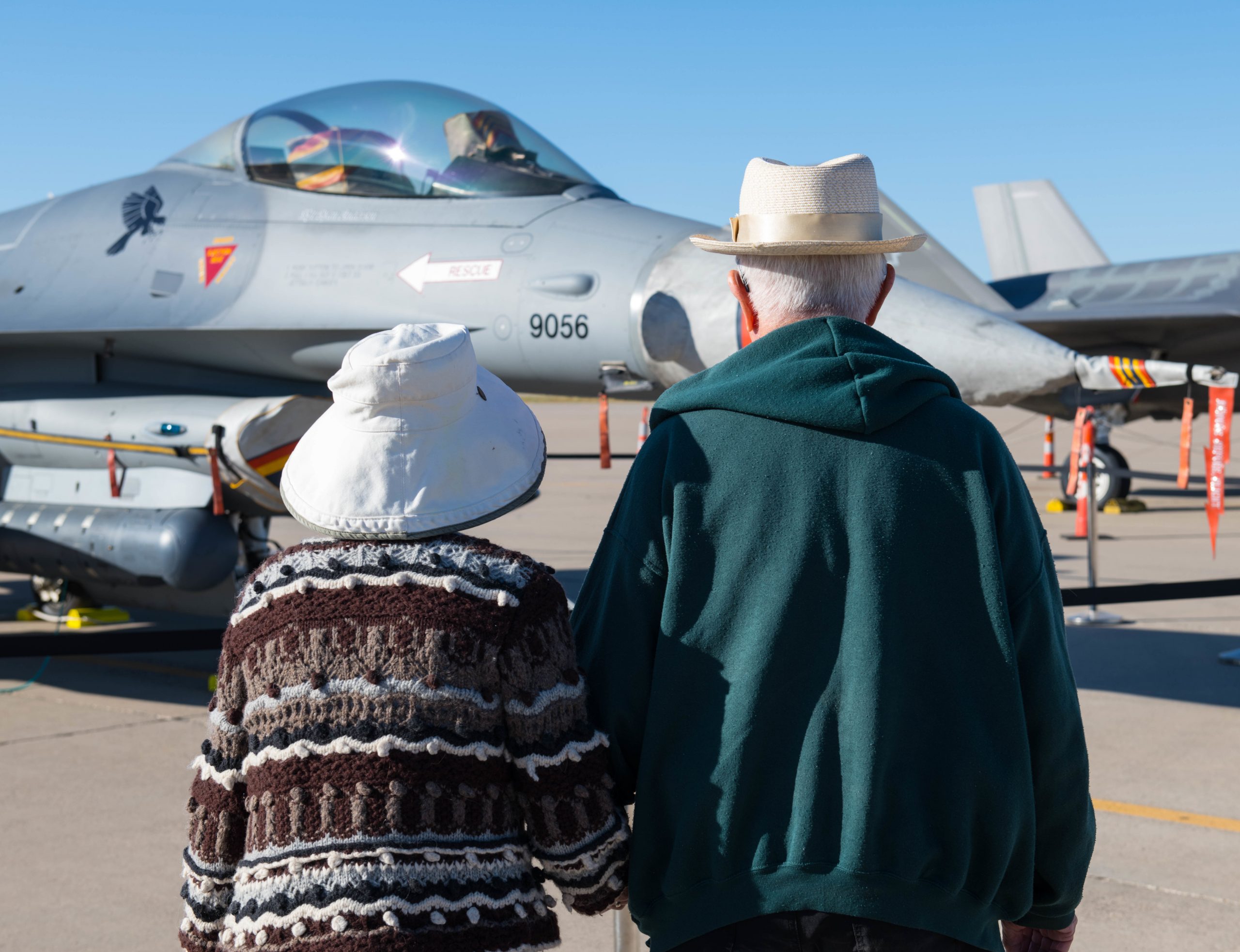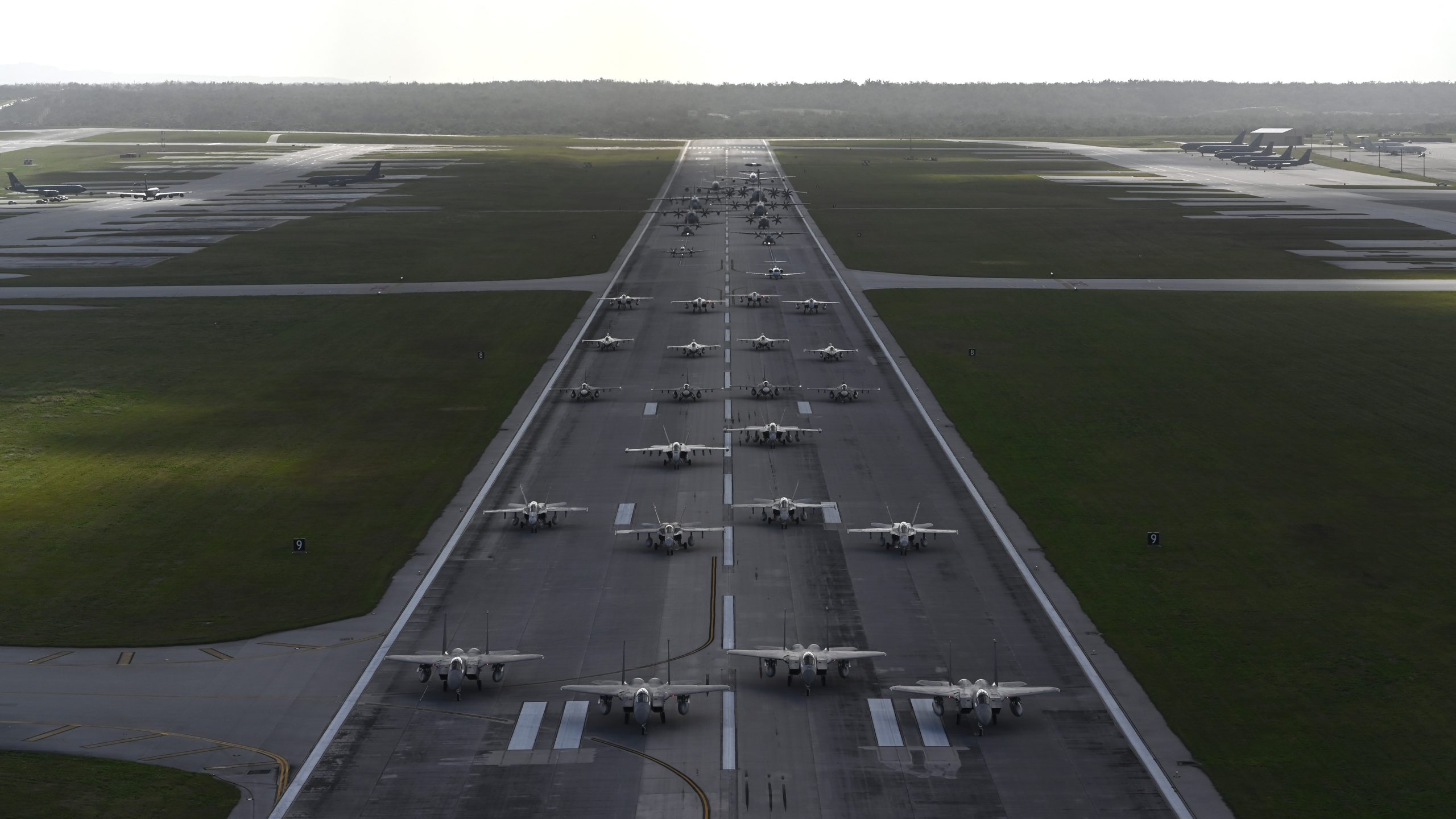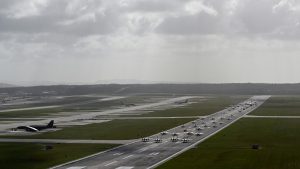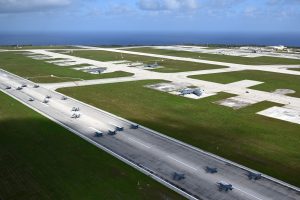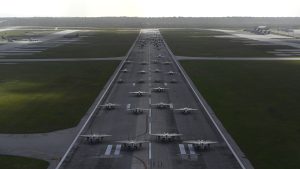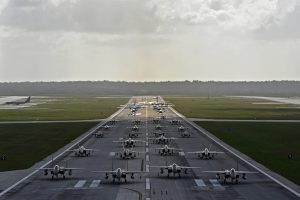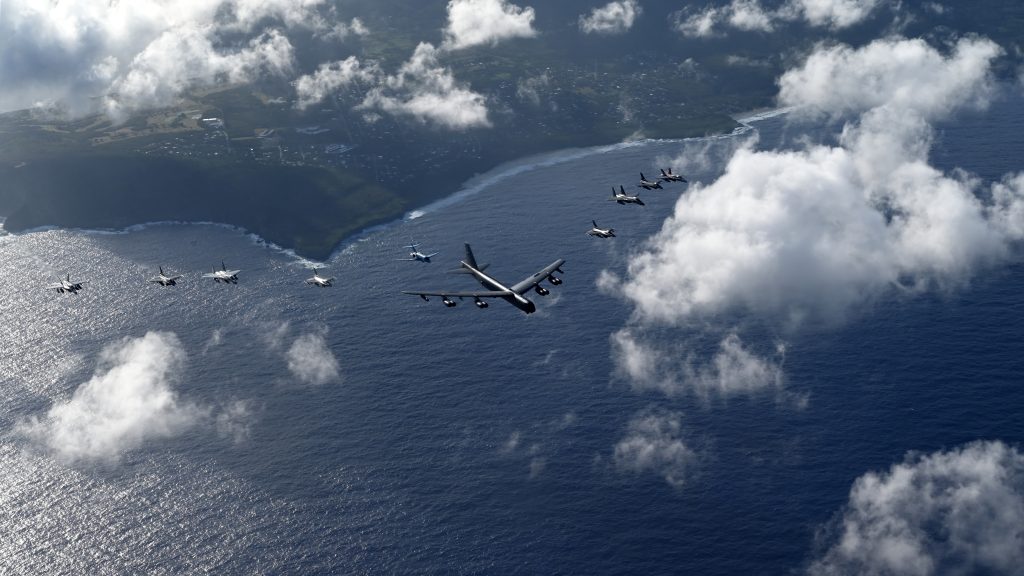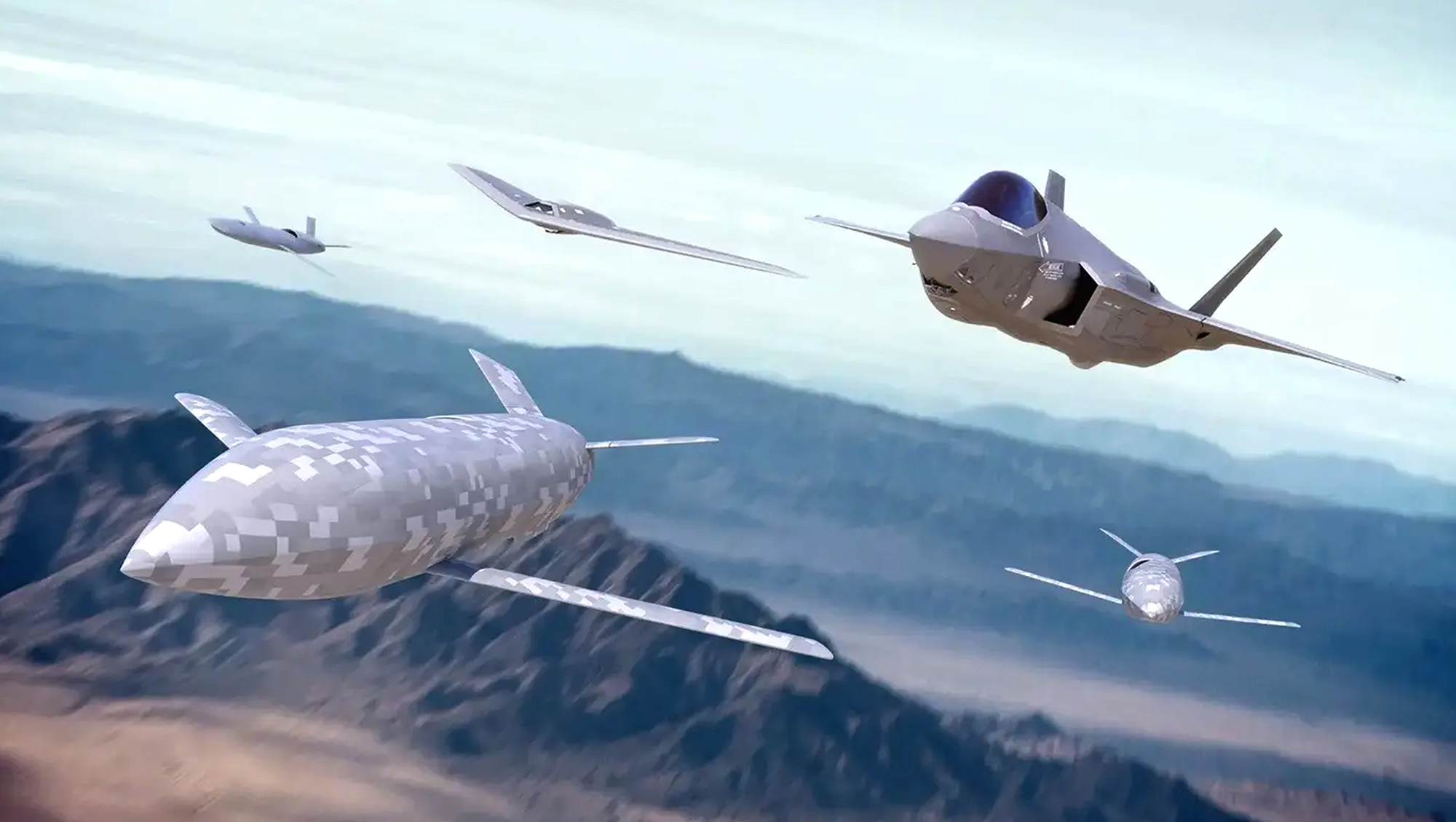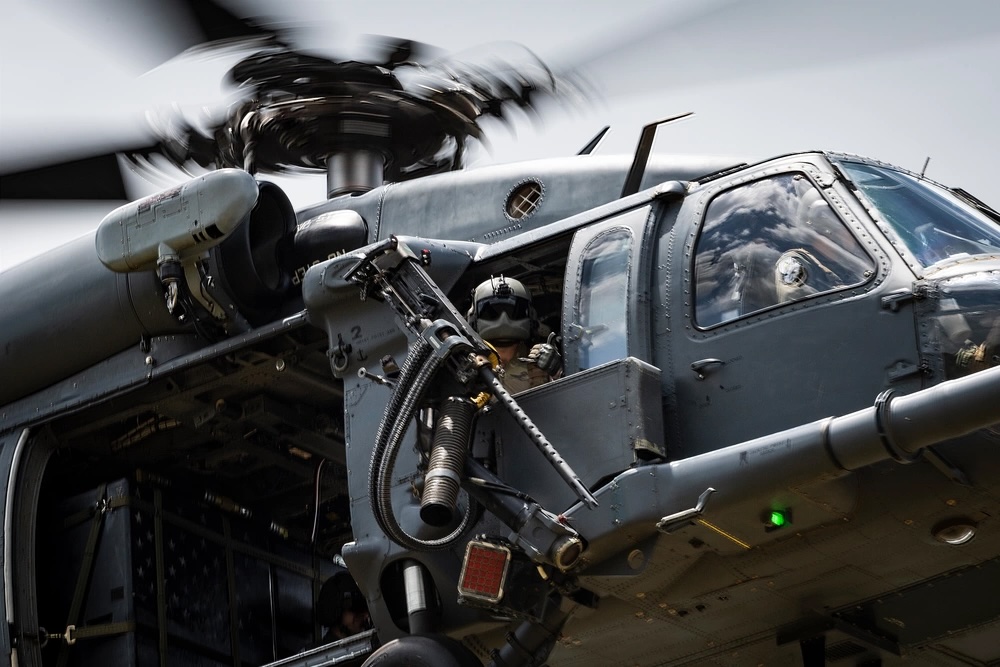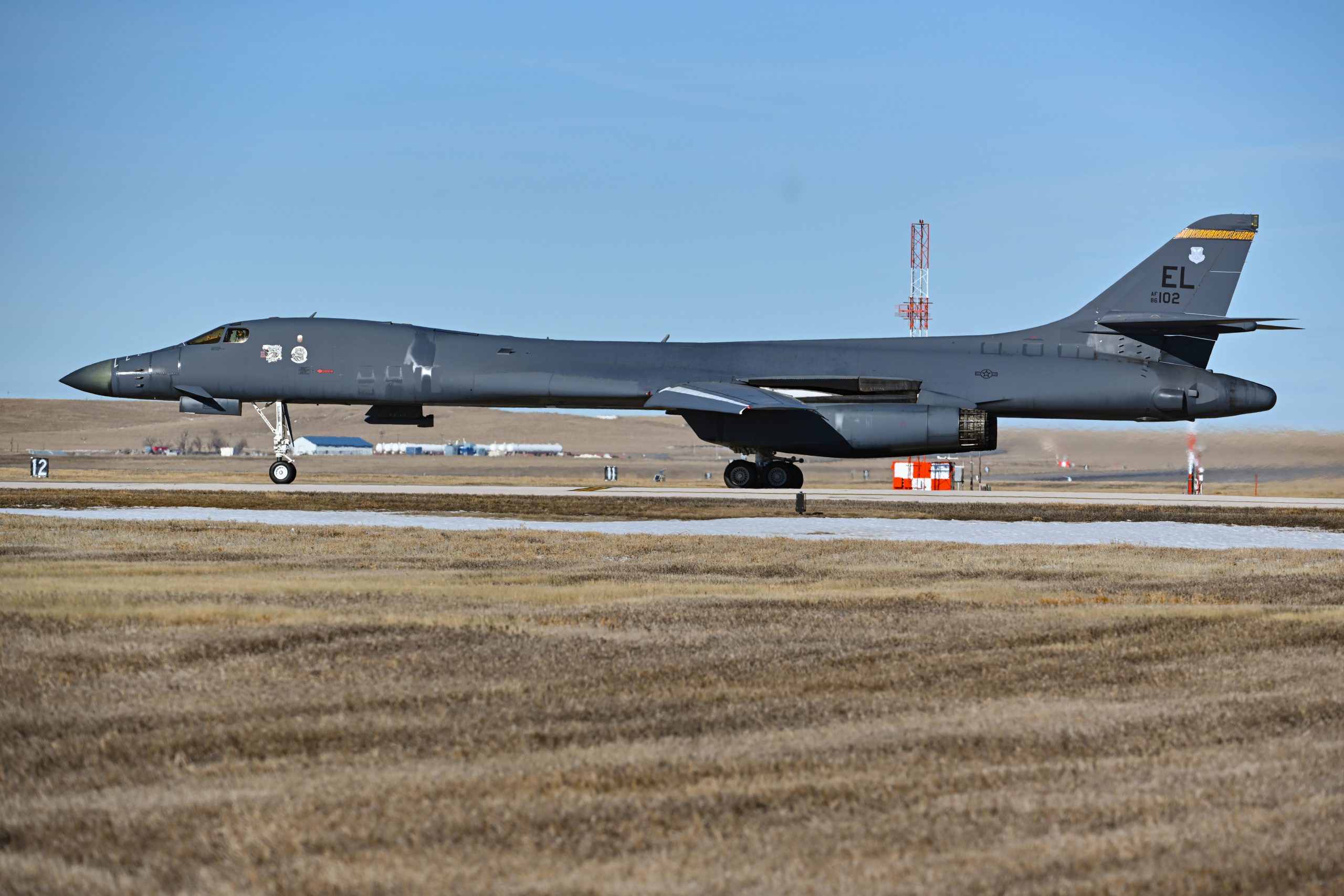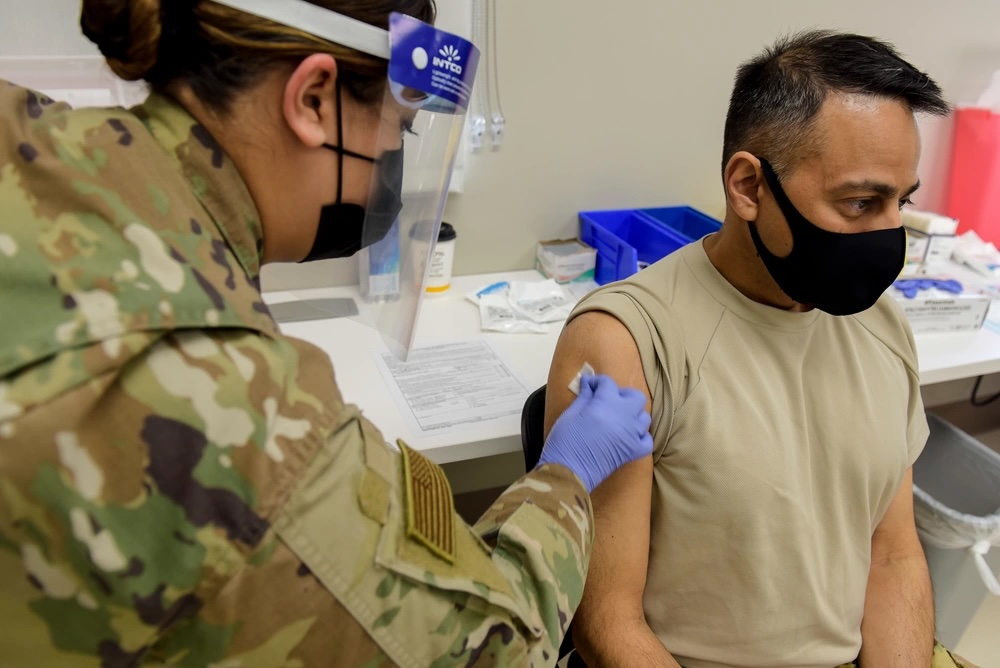The Department of the Air Force is planning a billion-dollar investment in its dormitories in the coming years, installations boss Ravi Chaudhary told lawmakers Feb. 7, as part of its response to a report on poor living conditions.
Chaudhary, the assistant secretary of the Air Force for energy, installations, and environment, outlined the service’s initiative for the House Armed Services Committee.
“Pending passage of an appropriation, the department is planning its largest dorm investment program in over a decade, estimated $1.1 billion through FY22 through FY26,” Chaudhary said. “… If appropriated, the DAF intends to invest in three new dormitories from FY24 to FY28, to address capacity shortfalls and recapitalized facilities.”
The planned investment involves plans for renovations and restoration at approximately 60 installations— 23 of those 60 are planned to be completed in fiscal 2024, according to Chaudhary.
Chaudhary’s remarks come several months after the the Government Accountability Office released a report that revealed poor living conditions in military housing with issues such as mold growth, water quality problems, bugs, and overcrowded dorm rooms, impacting service members’ mental and physical health.
The GAO report didn’t specify which problems were observed at particular services’ dorms, but it identified shortcomings in how each service manages barracks, where junior enlisted unmarried service members are often required to live. Noting that the report authors visited two DAF installations, Chaudhary said the Air Force is working on issues across all of its installations.
“This year, the Air Force held project owners accountable for $58 million in cost to address mold problems in 560 units and more are on the way,” Chaudhary said. “In 2023, project owners were held accountable for approximately 600 payments to address health and safety issues totaling $60 million in cost, but there is more work to be done, and we recognize that.”
Chaudhary said he personally visited 25 Air Force bases and held 40 round tables with personnel for feedback, including bases hit by recent typhoons and hurricanes that are currently recovering in Guam, Japan and Florida. He claimed the department is “pulling out all the stops” to address the GAO report, with his visits shaping the Air Force’s investment plans.
“We’re accelerating efforts in privatized housing,” Chaudhary said. “We’ve also hired 218 civilians to add direct oversight, including resident advocates on base to represent our service members alongside the chain of command.”
Chaudhary highlighted the significance of infrastructure resilience against a range of threats, from extreme weather to great power competition. He pointed to Kadena Air Force Base in Japan as an example, which successfully weathered a typhoon without experiencing any power outages.
“These critical investments could prove to be the margin of victory in great power competition,” Chaudhary said.
Many of the GAO’s recommendations for the services and the Department of Defense involved overhauling how they conduct condition assessments. For instance, GAO analysis revealed that nearly 50 percent of Air Force dormitories classified as ‘at risk of significant degradation’ still had condition scores of 80 or above. The Defense Department needs to reevaluate those assessments and offer guidance based on its findings, the authors wrote.
“The DOD has, in too many instances, failed to live up to our role in making sure the housing we provide honors the commitment of the service members and their families and enables them to bring their best versions of themselves to their critical missions,” said Brendan Owens, the assistant secretary of Defense for installations, energy and environment. He highlighted that the GAO report shaped priorities, with the Pentagon now focusing on new standards, accessibility, maintenance plans, and quality of life of the service members.
“We anticipate implementing 28 of the 31 GAO recommendations this year,” Owens added.
